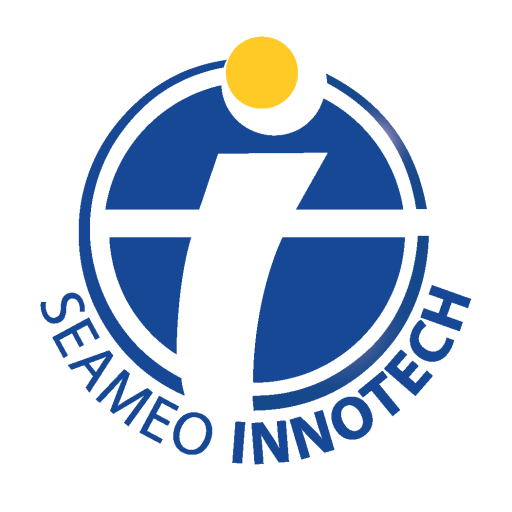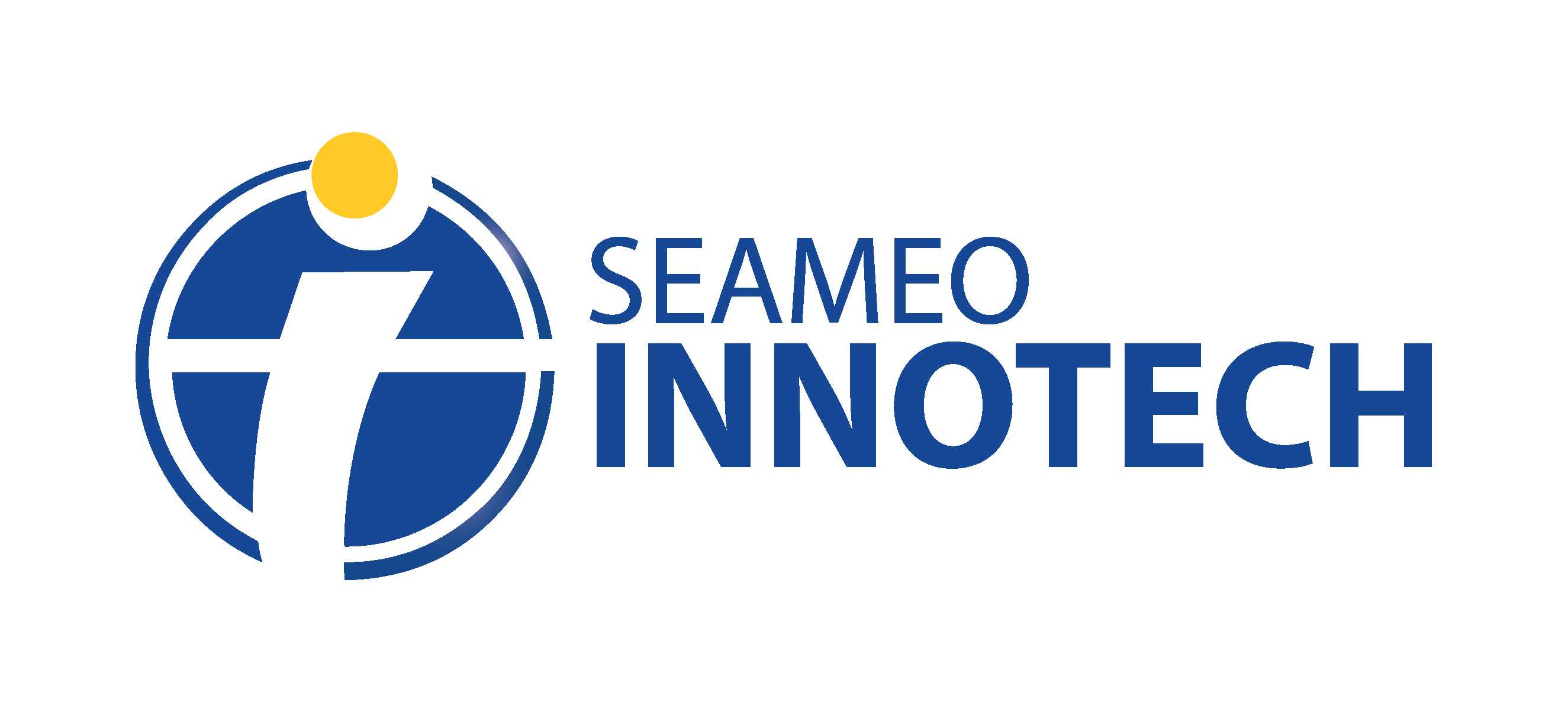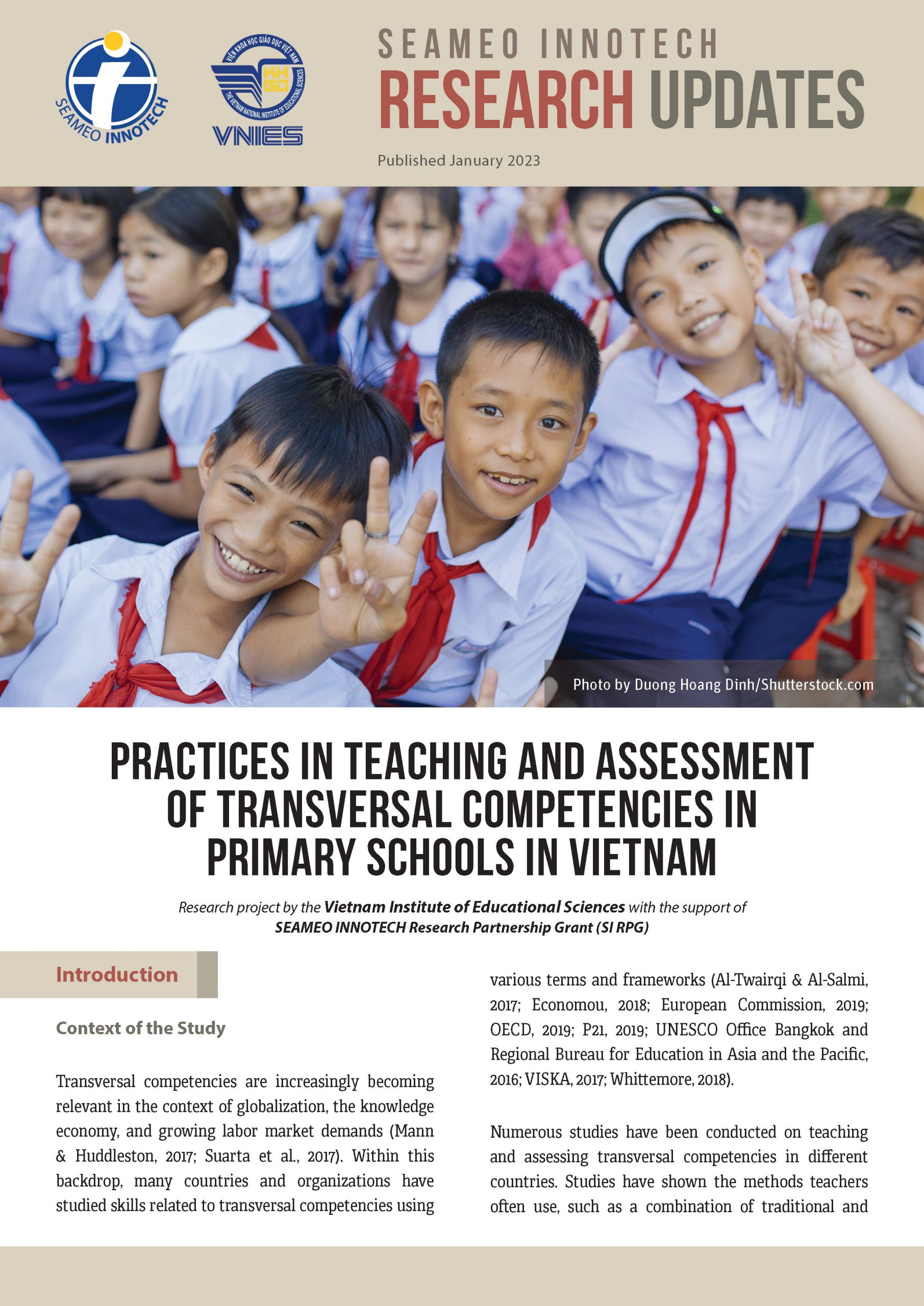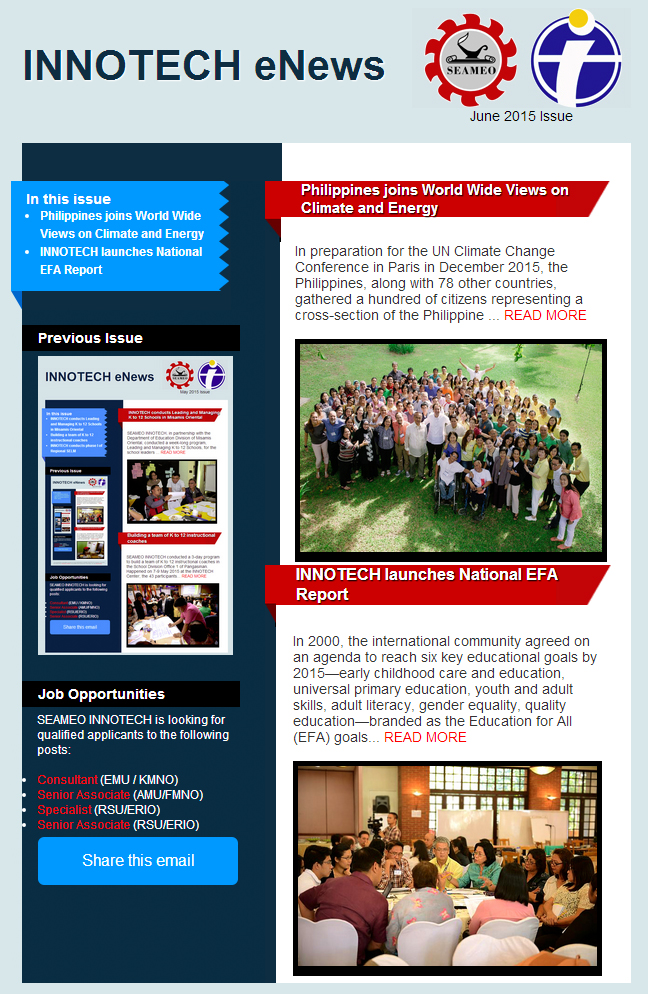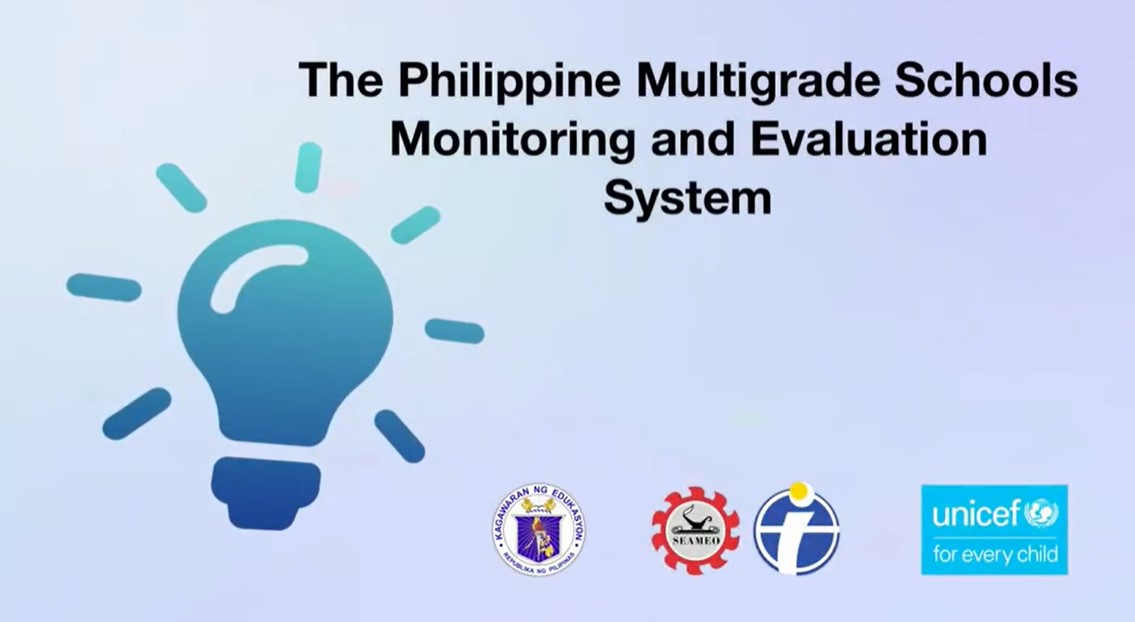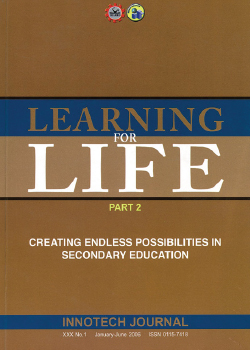
Issue: January – June 2006
Foreword: This issue continues from the previous volume, discussing current concerns in secondary education as shared by participants of the 10th SEAMEO INNOTECH International Conference.
Shaeffer presents snapshots of achievements and future challenges that secondary education in Asia confronts. The first snapshot is the fact that in the 25 years, secondary education has been a relatively neglected aspect of international educational policy. Closer to home, a second snapshot is that in the developing countries of Asia, the process of secondary education development is being telescoped into a much shorter period than in East Asia or in Europe and the United States during their educational development. Driven by rising aspirations and private demand, the education system in many Asian middle- and low-income countries is under pressure from secondary expansion, in some cases before universal primary enrollment has been completed.
Shaeffer says that focusing attention on secondary education is the logical next step in the quest for Education for All. This focus derives from the nature of secondary education as a transformational stage: people enter secondary education as children, and if the process works, they emerge three to six years later as young adults equipped with the basic skills needed for successful learning and living. However, secondary schools at present may not always be the best way to meet the challenges of the future, beset as they are by serious and intractable problems.
Some schools do find ways around some of these problems by a Canadian experience. Priebe describes a dynamic partnership that has been forged between an urban community college and the five school districts which surround it in the southern region of Vancouver Island, Canada. This partnership has evolved over fifteen years, and the partners confirm that the benefits from the collaborative relationship continue to improve and expand as the arrangement matures. At the heart of the relationship is a commitment by the partners to work together to blur if not erase many of the institutional boundaries that have traditionally separated the mandate of Canada’s high schools from that of the tertiary institutions. The underlying purpose of this partnership is to create enhanced education opportunities for youth within the region in support of their effective transition to post secondary career or academic preparation.
The key structural and process-related features known as ‘dual credit’ through which high school students pursue college programming both as part of their high school curriculum and as established credit at the college level.
Ochoa, on the other hand, delves into an integrated, life skills-based approach to secondary education as exemplified by experiences of Save the Children Philippines, which recognizes that adolescents are whole, multifaceted individuals at a critical juncture in their lives. Be they in school or out-of-school, pursuing their secondary education through the formal system or through alternative learning, all adolescents have a right to learn opportunities that allow them to gain a deeper understanding of themselves, the transitions and challenges they are going through, their strengths and potentials, and the ways by which they can grow and realize that potential. The paper highlights how Save the Children’s programs integrate adolescents’ various concerns on self-awareness, health, relationships, civic responsibility, and their future careers to make learning meaningful for the youth.
Sharing from outside the formal system, Lim details the activities of a non-government organization in Southern Philippines that has served as a frontrunner in promoting literacy, education and training for the Christians, Muslims and indigenous people in the area. The NGO develops indigenized, culture-sensitive learning materials and promotes entrepreneurship among poor children and youth and their families through inter-linked and mutually supportive activities. The impact of the Alternative Learning System Accreditation and Equivalency project of the organization, with high percentages of program completers and beneficiaries returning to formal school and reaching college level, has been recognized by others, and the author relates how the organization has achieved success. Lastly, the paper of Herawati describes how Indonesia integrates ICT into the curriculum of technical and vocational education to improve the quality of the teaching-learning process.
To access all articles in this issue, email us at info@seameo-innotech.org.

